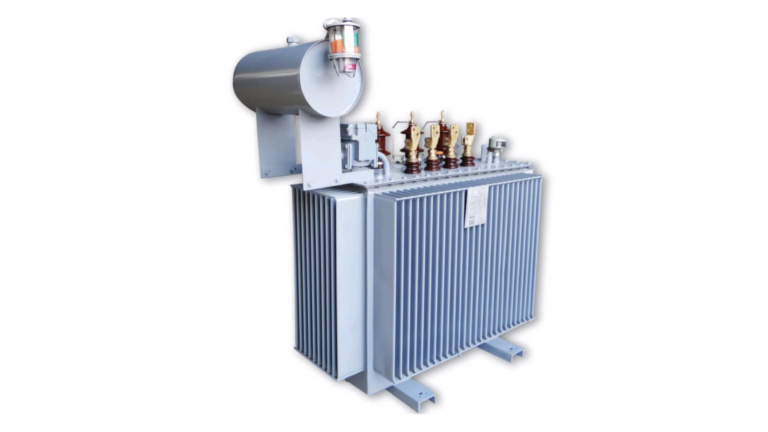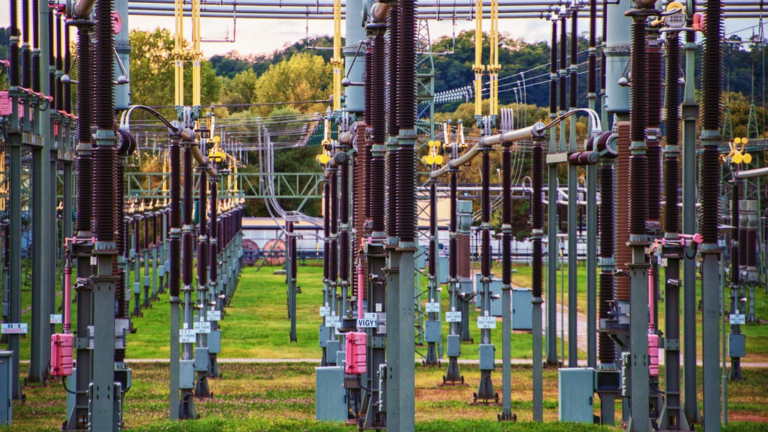Transformer Maintenance | A Complete Guide
Table of Contents
Introduction
Why Transformers Are Important to Maintain
Have you ever lost power right when you needed it to be on? It is possible that a customer experienced transformer failure (in a generation station or distribution) causing lost power. Transformers are a key component to the electrical systems connecting electricity generation stations to end users. When transformers fail the consequences can be far-reaching; from lost production to even safety risk.
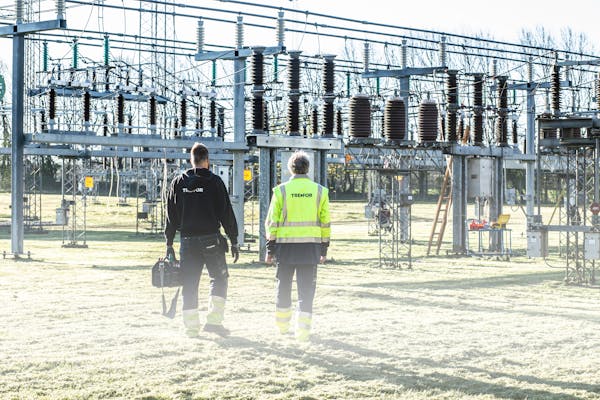
What Are Transformers
Transformers can take many forms; they are all around us, from large power transformers at transmission substations to smaller distribution transformers on utility poles. Most transformers are mechanically robust, but still require regular maintenance to remain functional and efficient.
What Are Transformers and Maintenance Type
Power Transformers
Power transformers rated above 33 kV are designed for large voltage transfers, which operate in transmission networks. Power transformers require more significant maintenance, due to their size and load.
Distribution Transformers
Distribution transformers facilitate the local distribution of power; they can be found on utility poles or in underground vlaults. Hence, while they are smaller they still require routine inspections, especially during inclement weather.
Dry-type vs. Oil-immersed Transformers
From a maintenance perspective, dry-type transformers are cleaner, however, they can become contaminated by dust and moisture. Oil-immersed transformers require regular testing of their oil to test insulation quality or quality of oil and cooling efficiencies.
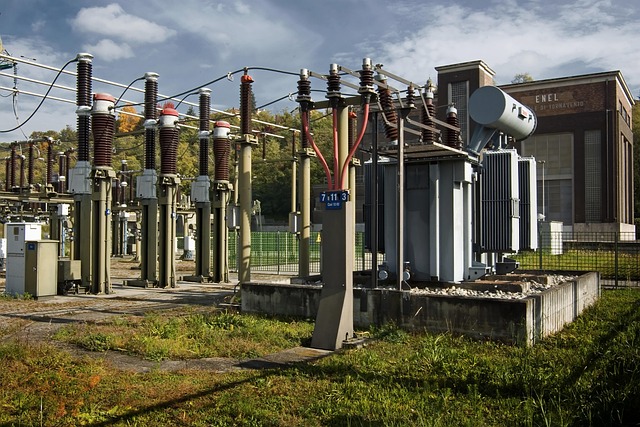
Main Goals of Transformer Maintenance
Minimizing Downtime
When a transformer is properly maintained, it is very rare for it to fail suddenly by itself. The proper maintenance program eliminates costly breakdowns and unnecessary outages.
Providing Reliability and Safety
Transformers that malfunction can cause fire, explosions, or serious injuries. The regular monitoring of transformer conditions from planned maintenance can help mitigate the risk and allow ongoing serviceability.
Maximizing Their Service Life
Transformers can last 25 – 40 years or more with regular maintenance. That is a superb return on investment.
What Causes Most Device Failures?
Electrical Failures
Lightning strikes, surges, insulation breakdown can all damage the insulation of the windings as well as the cores.
Thermal Failures
Overloading or insufficient cooling produce excess heat, which develops thermal framing epochally sterility stators and the winding material themselves.
Moisture and Contamination
Water ingress, dirty bushings or corroded terminals can all promote tracking and partial discharge in the insulation, and eventually failure of the insulation.
Global Standards for Transformer Maintenance
IEC Standards
The international IEC standard 60076 and all IEC related publications create a global standard for inspecting, determining condition of transformers, types of diagnostic testing, and developing transformer care protocols.
IEEE Standards
IEEE C57 series contain extensive guidance on assessment of transformers condition, transformer oil analysis, and investigation of faults.
National Standards
The SANS standards developed in South Africa have two types of transformer maintenance schedules/eliminate.
The IS 10028.3:1981 developed in India outline transformer maintenance schedules/ELIMP procedures for transformers reflecting the South African/Indian infrastructure.
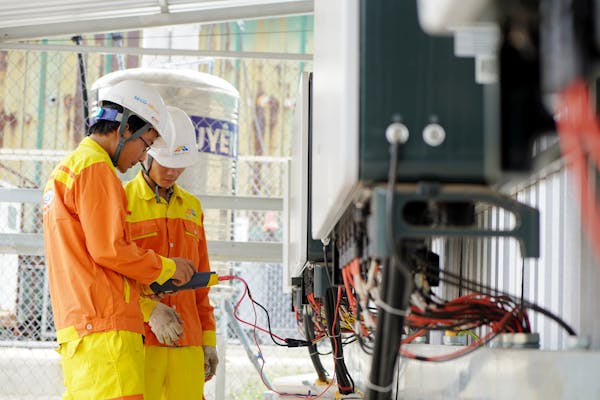
Maintenance Categories
Preventive Maintenance
Scheduled checks that help to eliminate some issues before they present themselves, such as an inspection, cleaning, and testing.
Predictive Maintenance
Utilizes data trends and condition assessment to predict failures ahead of time.
Corrective Maintenance
This is conducted after a fault/faults are detected or identified and is done with the intention of placing the unit back into a working condition.
Preventive Maintenance Activities
Visual Inspection
Look for leaks, signs of corrosion, heat, strange noises, and oil color. These problems can indicate something is catching, and, if left unchecked, could get worse.
Oil Testing And Analysis
Oil analysis for dielectric strength, moisture, dissolved gases in oil to gauge internal health.
Thermographic Scanning
Using Infrared cameras to identify heating conditions and bad connections which are not visible to the naked eye.
Cleaning and Tight Connections
Dust collection and loose terminals create areas of resistance and increase chances of overheating.
More advanced Diagnostic Techniques
Dissolved Gas Analysis (DGA)
Identify gases that are produced by internal arcing or overheating which are precursors to a serious fault.
Sweep Frequency and Response Analysis (SFRA)
Used to identify the mechanical displacement of transformer windings if the transformer is short-circuited during a fault or as a result of unique vibrations.
Insulation Resistance Testing
Second to DGA Digital Gas tests to assess the quality of winding insulation. When a drop in resistance is identified, it can often indicate moisture or deterioration of some kind.
How Often Should You Perform Maintenance?
Daily/Weekly Inspections
Inspect gauges, check cooling systems, check for unusual sounds or smells.
Monthly/Quarterly Testing
Check oil and thermographic scans, testing of protective relay.
Annual Maintenance
A full maintenance package that covers; checkups, oils, accepting treatments and service on components.
Maintenance of Auxiliary device.
Bushings and tap changers
Cleaning and contact checking on a regular basis can prevent flashovers and arcing.
Cooling systems
Keeping track of the condition of fans, pumps, and radiators can prevent overheating.
Protective relays
Calibration and checking the response time is important for isolating faults.
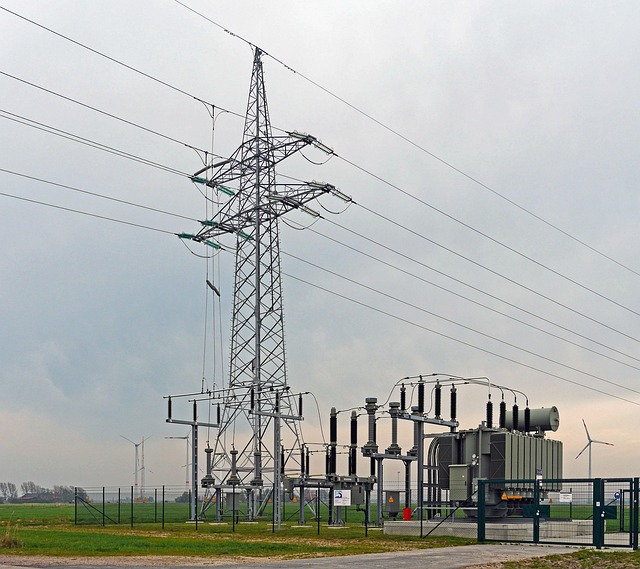
Process Safety during maintenance.
Lockout-Tagout
Always isolate energized components and ensure they are properly labelled to prevent unintentional startups.
Personal Protective Equipment (PPE)
Be sure to wear insulated gloves, face shields, fire-retardant clothing etc.
Grounding and Isolation
Ensuring proper grounding prevents accidental shock and stray voltage.
Digital Tools and Smart Monitoring
IoT, and condition monitoring systems.
Sensors that monitor temperature, humidity and vibration continuously. Alerts provided when parameters exceeded.
Cloud-based asset maintenance and management.
Maintenance & inspection records can be stored for future reference. Maintenance logs can help with predictive and future planning.
Transformer Maintenance Checklist
Monitoring Key Parameters
Oil level and quality
Temperature rise
Load levels
The relay settings
Visual signs of damage
Best Practices for Documentation
Keep a separate digital and physical record for every inspection and test. This would ensure a systematic approach to audits, warranty claims and planning for the future.
Cost & ROI
The Balance of Costs and Returns
Maintenance will inevitably have costs. These are reduceable and certainly less than the costs if equipment fails or requires replacement.
Eliminating Unplanned Outages
Regular maintenance and proactive care reduces unplanned outages, often costing industries thousands and even millions in downtime and loss of productivity.
Choosing Your Maintenance Partner
What to look for in a service organization
Experience, credentials, diagnostic equipment, client references.
Choosing to maintain in-house or to outsource
An outsourced service will typically allow for greater availability of expertise and diagnostic tools. In-house teams can respond more rapidly and better understand local site realities.
Conclusion
Maintaining a transformer is not only a technical obligation. It is a smart business practice that ensures safety, reduced costs, and protection from down-time. Safe, reliable power, without service interruptions, is a fundamental component of success in many industries. By adhering to international standards, with the use of modern tools, companies can effectively maximize useable life of the asset and minimize unwanted interruptions to their business.





